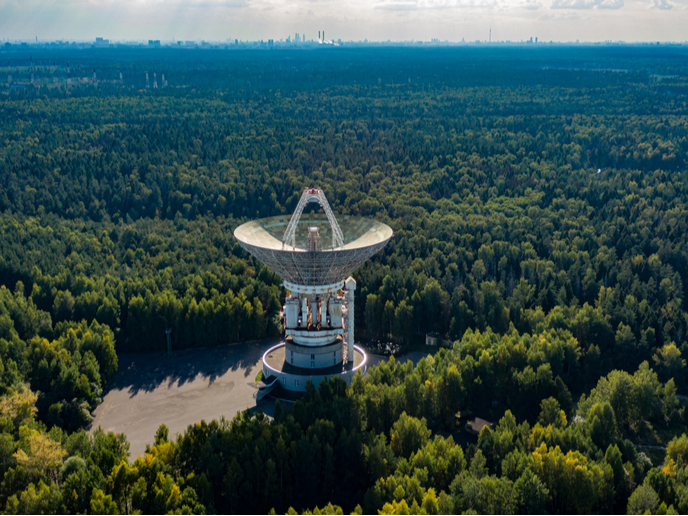Digitising Europe’s forests with the help of satellites
Forests offer a range of ecological, societal and economic benefits. They store carbon and maintain the water cycle, sustain rural populations through silvicultural practices, and provide raw materials for construction. But forests are fragile, and with long growing cycles recovery from damage takes time. Destruction can come from sudden events such as fires, or long-term issues such as climate change. These changes impact livelihoods and drive rural depopulation and the loss of traditions. The EU-funded MySustainableForest project developed Earth observation-based solutions for more sustainable forest management and conservation. “Our MySustainableForest platform provides accurate and up-to-date information to support decision-making in forestry operations,” says project coordinator Julia Yagüe from the technological business group GMV, the project host.
Global overview
Despite forests representing over 42 % of EU land and being economically vital, forest managers lack accurate, up-to-date data. Traditional national forest inventories are expensive and typically performed only every 5 to 10 years. Given the rate at which forests change, sustainable management requires annual monitoring. “As forests evolve and mature, each stage requires specific site characterisation – of soil, terrain and climate – for effective maintenance, reforestation or regeneration,” explains Yagüe. To achieve this, the project assessed the data needs of a range of forestry stakeholders, from paper industries to national authorities. The 508 requirements identified were then matched to remote observation solutions. The result was a portfolio of 21 geoinformation products available through the MySustainableForest platform. For each product, users select the desired data set, and define the geographical area of interest and the monitoring or analysis period. Data sets can then be previewed, visualised or analysed on the platform’s digital map viewer or downloaded to another one. All files contain metadata and the platform is hosted on a hybrid public/private cloud infrastructure for enhanced data protection. The products are supplied by GMV, föra forest technologies, MADERA+ (website in Spanish) and the European Forest Institute (EFI), with the remote sensing data derived from satellites Copernicus Sentinel and Landsat, as well as LiDAR, meteorological and sonic wood fibre data, and customised models. “Users can evaluate biomass volume, produce wood quality maps and develop strategies to mitigate forest decay caused by droughts and pests in locations impacted by climate change, among other benefits,” adds Yagüe. Platform prototypes were field-tested with specialist forestry stakeholders, including the Forest and Paper Research Institute, French National Forest Ownership Centre, Croatian Forest Research Institute, Navarra Forestry Association in Spain and Forest Owners Association of Lithuania. Testing resulted in 331 validated sample products and 580 000 hectares of forests assessed across 16 locales.
Drones and adoption
The team developed a road map for future initiatives, showcasing the strengths and limitations of six services: Forest Site Characterisation, Wood Characterisation, Volume, Biomass and CO2 Stocks, Forest Condition, Ecosystem Vulnerabilities and Forestry Accounting. Key future actions were also highlighted in the road map, including the expansion of data set categories, improved prediction and validation accuracy using machine learning, addition of UAVs for increased coverage, and analyses of more land cover types to detect ecosystem vulnerabilities. “We have demonstrated that our product saves time and money,” says Yagüe. “Now that it is available for use, we just need to persuade foresters, who are more used to visual inspections in situ, to adopt it.”
Keywords
MySustainableForest, wood, forest, Earth, observation, remote, sensing, satellite, biomass, CO2



